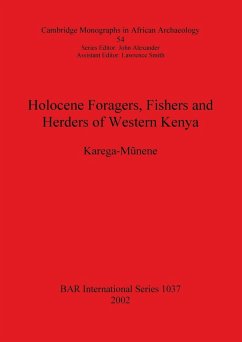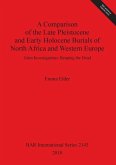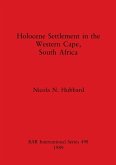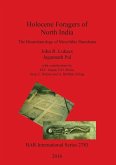The problem of subsistence has received little attention in East African archaeology. Various models of human subsistence strategies have been constructed and a linear chronology from a hunting-gathering economy to pastoralism and agriculture has been the dominant conceptual framework for the research in the last few decades. In this monograph it is argued that this overarch model masks the subtle and perhaps overlapping true nature of a mosaic of adaptation to the local resource base. A broad approach, involving examination of the transition from food collecting to food production as a process rather than as a single event is adopted. The approach also involves the examination of several causes of culture change in the region. It is anticipated that this approach will enable us to better understand the subsistence strategies of the human groups who occupied the Gogo Falls site in the Lake Victoria basin during the Neolithic and Iron Age periods.
Hinweis: Dieser Artikel kann nur an eine deutsche Lieferadresse ausgeliefert werden.
Hinweis: Dieser Artikel kann nur an eine deutsche Lieferadresse ausgeliefert werden.








